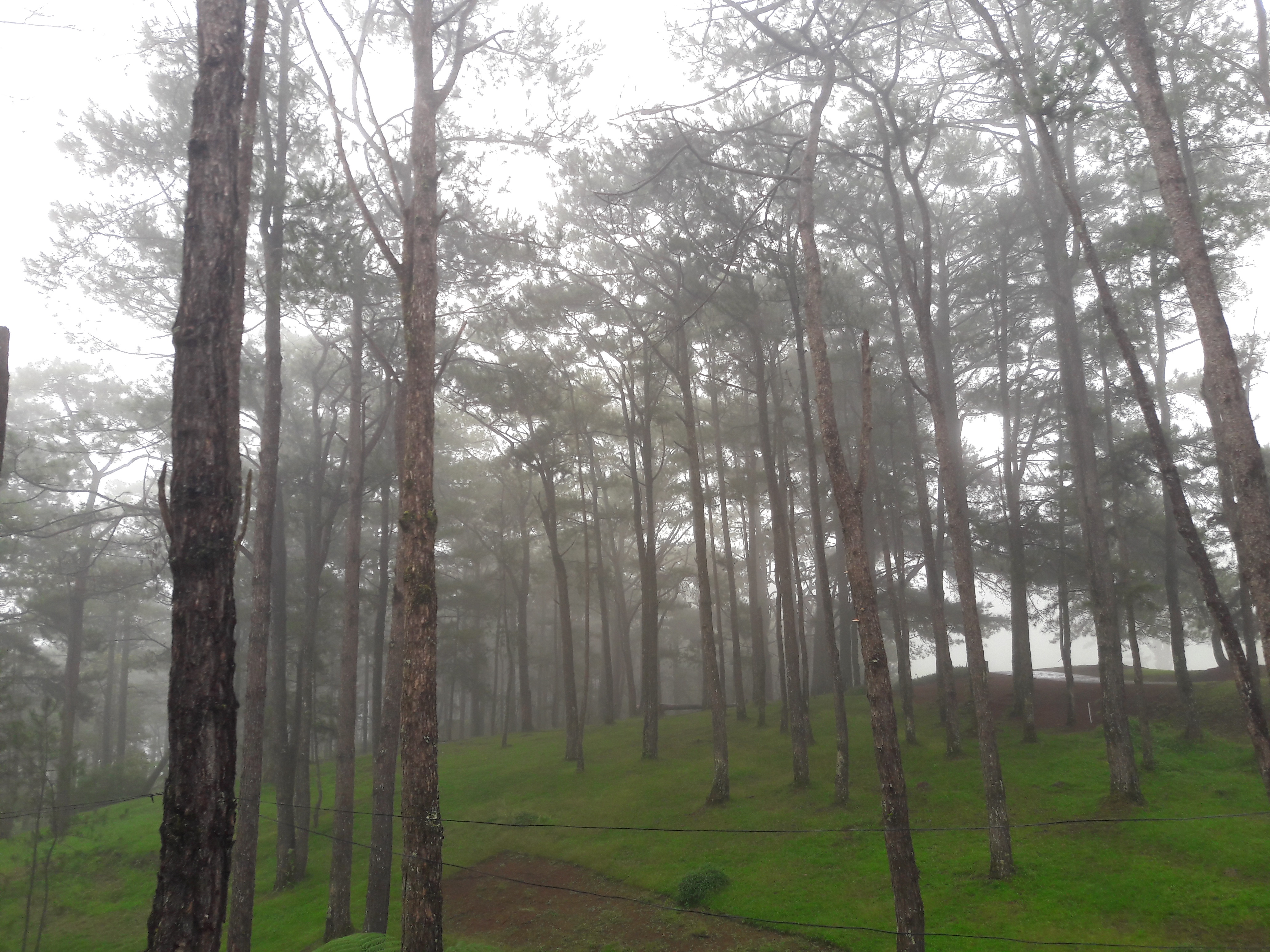Project Description
In this project, I decided to recreate a cartoon scene from my favorite childhood movie “Alice in Wonderland”. With the hope to alternate reality into a more cartoon-alike world, I wanted to focus on the specific scene when Alice meets the Cheshire Cat. This scene would be similar to the one in this Youtube video. In this one, the Cheshire Cat is the symbol of mystery and magic while Alice’s experience, in my opinion, would be described as confused, lost, and uncertain. Those are also the main identity I chose as the main guide during the development of the project. Please find the APK and Project File of the project here.

Even though the final result of the project slightly diverged from what I intended to create, it still reflects the identity that I want to bring into the whole scene. The scene is a long path in a forest where two sides of the path are completely opposite. One side is full of trees and bright fireflies, which reflects a positive sense (1), while, on the other side, it is full of darkness, dead trees scattered along the path and a few tombs lit up by the mysterious blue light (2). By doing so, I hope the users would experience complete opposition when turning around and see the scenes. While feeling triggered to explore the scary side, they would be conflicting when deciding whether they should choose the safer side.
Process and Implementation
I worked on the project for a whole week. Since I never had any prior experience in IM and Unity, it took me quite a lot of time to understand how Unity works and how to use basic Unity functions and to find assets for the project. Since the Cheshire Cat asset was too difficult to find or recreate, I decided to remove the cat while aiming to keep the identity as previously mentioned.
I started by laying out the path. Since I could not find any asset that has the right shape I wanted for the path, I decided to create the path manually by putting the cubes of decreasing size towards two ends of the path. The decrease in the size of the path also reflects the depth, which implies the continuity of the path beyond the scope of my scene.

After finishing the path, I put a few mountains in the scene and trees for side (1). Though the process was repetitive, I changed the space among the trees and rotated the trees so they look different to each other and reflect a sense of forests where trees are never equally spaced. After that, I added fireflies of different sizes and different distances from the viewing point. For these fireflies, I chose a strong yellow-green color for them to create a sense of liveliness and brightness.
On the other side (2), I went for a completely opposite layout. At first, I only added the dead trees are scattered with a darker color towards the horizon. I also added two colorful posts to explicitly indicate the border between two concepts. However, after finishing laying out the trees, I felt that it was empty and did not reflect the identity I wanted to create. The posts were too much of unnecessity while I could implicitly demonstrate the opposition by the contrast among the objects themselves. Therefore, I decided to remove the posts, added mountains far away and a few more tombs lit up by the mysterious blue color.
On the road where it was too flat, I added a few rocks to imply a sense of obstacle. With the attempt to make the user feel even more lonely in such a remote place, I added the sound of wind into the project. I believe that this addition will make the experience even more real for the users and enhance the immersion in the cartoon scene.




Finally, I worked on the lighting of the objects and the directional light. In the beginning, the lighting was too bright that it did not fit with the night setting in the scene. Hence, I changed it to a much darker lighting to fit with the situation and did not realize that it was too dark. This is the biggest issue in my project as I did not realize that the lighting of my own laptop screen could affect how I fixed the light, thus changing the lighting from what I actually thought I set for the scene. Although I discovered the problem at the very end after presenting my project, I want to learn properly how the lighting works in this case and the proper way to set the lighting in the future. The lighting for the moon and the fireflies works well in the scene. The emission effect and the shadow effect of the trees create the immersion for the scene and make it more of a 3D space.

Reflection/Evaluation
I hope that for the user experience, my project evokes a sense of confusion, conflict, and a bit of mystery while alternating the reality into a cartoon scene of “Alice in Wonderland.” The project is a great learning experience for me with great help and feedback from Professor Sarah Krom throughout the whole development process. It, though not close to the original scene I wanted, reflects the identity I hope to create. I also come to learn that small details such as shadow can bring such a huge difference in the make user experience more real. I wish I could have added a few more movements in the scene to make it more immersive, such as the movement of the fireflies. I have not seen my project on an Android phone with Google cardboard and look forward to the experience and learning the differences on PC and on Android.














































































